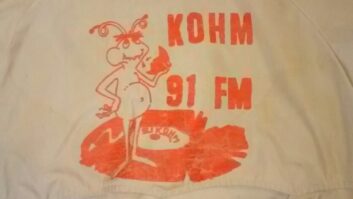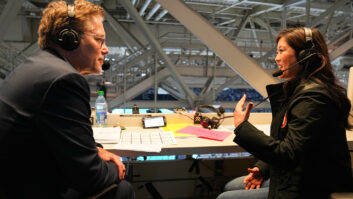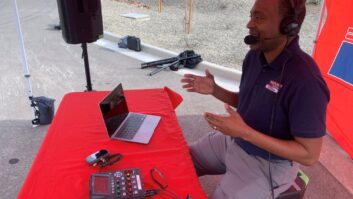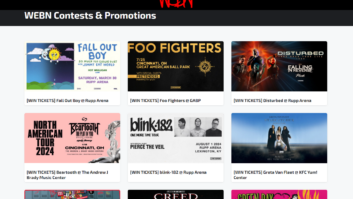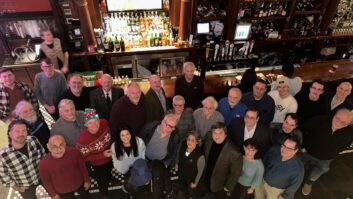
Cheesy but effective: Radio makes food sound as good as it tastes.
credit: iStockphoto/GOSPHOTODESIGN The late great DJ Eddie Gallaher could make you hungry in just 30 seconds. Eddie had a knack for delivering an amazing read for a restaurant. I’m not sure if he dined at every place he endorsed, but he sure made it sound that way. And it wasn’t just the food; the atmosphere was always outstanding.
Alas, the art of the restaurant read on radio may be behind us, but there are still many ways for you to obtain revenue and have fun with food. Let’s explore how relationships with the kings of cuisine in your town can benefit your billing and boost your esteem with your listeners.
CHEW ON THESE IDEAS
For decades, Jerry’s Subs & Pizza, based in Gaithersburg, Md., a Washington suburb, ran a “write your own coupon” promotion on the radio that was a huge favorite with hungry Beltway residents. Dana Siller, the gastric genius behind the concept, placed a media buy and offered a substantial discount to drive traffic to the stores.
The station’s listeners loved it because it was simple. All they had to do was write down the station call letters on a piece of paper with the according discount and take it any Jerry’s. The stations themselves liked it because of the ad buy and because it had listeners remembering to write down the call letters. While the written diary is history, it’s still a good idea to have listeners remember whom they’ve been listening to and who rewards them for listening!
The keys to this promotion: The product has to be something people really want; the offer has to be at least 15 percent off the usual price; the time frame in which the offer is accepted has be limited so it creates demand; and every store must willingly and without question accept the deal when a listener presents the coupon.
Every radio station has an audience listening during major mealtimes — breakfast, lunch and dinner. Many a morning show team has chowed down on delivered food and sung the chef’s praises while they describe what they are eating. Often, however, the missing element is the radio station sales department, which should be selling these restaurants either promotional time or actual spots.
The food itself is not enough of a payoff for the station to be giving up airtime. If the restaurant can’t afford spots on the air, maybe a sponsorship on a website section would work better for them.
At noon, there are many ways to work in a lunch sponsor, but they all fail if they don’t drive action to the place of business. Usually the mistake comes from airing generic reads for the restaurant. Instead, the copy should be updated with daily specials and offers for that day only. Example: “Today’s ’90s Nooners’ features the best hits of the ’90s and is brought to you by the Third Street Diner. Today the diner is featuring delicious gazpacho soup to cool ya down, and if you mention Q93, you’ll get dessert free — that’s from noon to 2 p.m. today only.”
Lunchtime works well for office discounts, too, especially for places that deliver. If the offer is good enough and delivery is free, it’s a fast way to move larger quantities of food. Example: “Charlie’s Chinese has an office special today with free delivery of their lunch buffet with enough food for your entire office, up to 20 people. If you’re the boss, treat the staff, or get your buddies together for an inexpensive great meal delivered to you.”
Dinnertime is the right time for happy hour specials and romantic nights out. This is the where the previously described classic live read — or recorded endorsement — really rocks. Timing is everything with dinner, so start the spots about 4 p.m. to plant the seed and continue to air them until 7 p.m.
It is true that restaurants typically don’t have deep pockets and they do rely on results, so it’s vital to keep checking to be sure that what you’re executing on-air is actually moving the product. The good news is that many restaurateurs are entrepreneurs and are open to investing in sound conceptual marketing.
Mark Lapidus is president of Lapidus Media. Reach him at [email protected].






